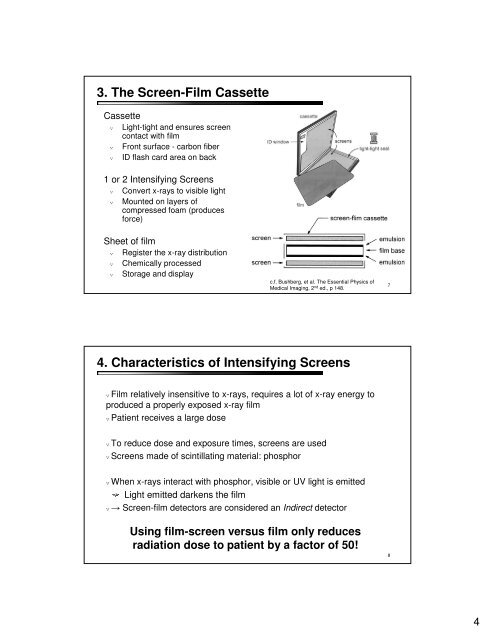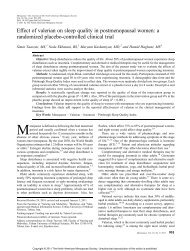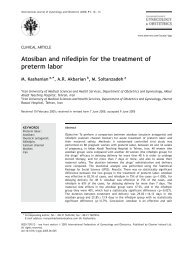Screen Film Radiology
Screen Film Radiology
Screen Film Radiology
You also want an ePaper? Increase the reach of your titles
YUMPU automatically turns print PDFs into web optimized ePapers that Google loves.
3. The <strong>Screen</strong>-<strong>Film</strong> Cassette<br />
Cassette<br />
v Light-tight and ensures screen<br />
contact with film<br />
v Front surface - carbon fiber<br />
v ID flash card area on back<br />
1 or 2 Intensifying <strong>Screen</strong>s<br />
v Convert x-rays to visible light<br />
v Mounted on layers of<br />
compressed foam (produces<br />
force)<br />
Sheet of film<br />
v Register the x-ray distribution<br />
v Chemically processed<br />
v Storage and display<br />
c.f. Bushberg, et al. The Essential Physics of<br />
Medical Imaging, 2 nd ed., p 148.<br />
4. Characteristics of Intensifying <strong>Screen</strong>s<br />
v <strong>Film</strong> relatively insensitive to x-rays, requires a lot of x-ray energy to<br />
produced a properly exposed x-ray film<br />
v Patient receives a large dose<br />
v To reduce dose and exposure times, screens are used<br />
v <strong>Screen</strong>s made of scintillating material: phosphor<br />
v When x-rays interact with phosphor, visible or UV light is emitted<br />
Light emitted darkens the film<br />
v → <strong>Screen</strong>-film detectors are considered an Indirect detector<br />
Using film-screen film screen versus film only reduces<br />
radiation dose to patient by a factor of 50!<br />
7<br />
8<br />
4
















